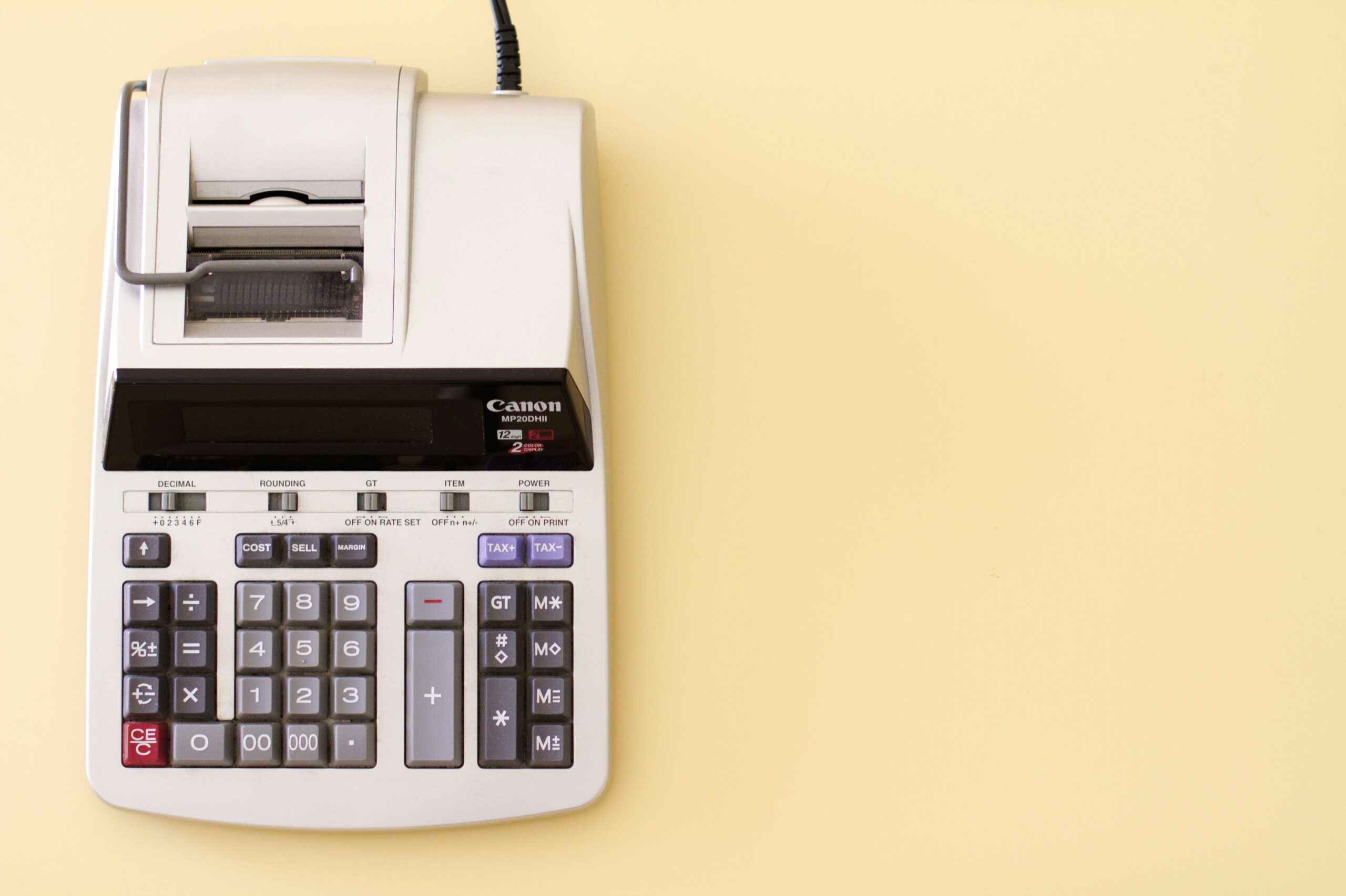As more countries adopt e-invoicing, taxpayers will need to understand its impact and align teams across functions that handle invoicing.
- More Southeast Asian tax administrations are adopting e-invoicing to deal with tax leakage more effectively and improve tax compliance.
- Taxpayers should establish a task force led by the tax function to develop guidelines for invoice generation, tax compliance and other key areas.
- Taxpayers have an opportunity to digitize, simplify and manage tax reporting processes for e-invoicing as part of their digital transformation journey.
The digital revolution has allowed tax administrations in Southeast Asia to reimagine the future of tax collection. As compliance by design becomes the focus, e-invoicing has emerged as an essential part of the tax administration toolkit.
Eliminating the need for paper invoices, e-invoicing allows businesses to create and store machine-readable, digitized versions of invoices for billing and payment. Through a designated e-invoicing portal, invoices can be sent electronically to trading partners using a structured data format, such as Extensible Markup Language, JavaScript Object Notation, Universal Business Language, electronic data interchange or Pan-European Public Procurement Online.
Across Southeast Asia, a growing number of tax administrations are mandating the adoption of e-invoicing as they progress to the next phase of their digital transformation journey.
While Indonesia and Vietnam have implemented e-invoicing, the Philippines will introduce e-invoicing to its 100 largest taxpayers in a pilot phase in 2023 before implementing the same for other large taxpayers. Similarly, Malaysia will mandate e-invoicing for the largest taxpayers with an annual revenue of at least RM100m from June 2024 before expanding it to those with lower revenue thresholds. Elsewhere, e-invoicing remains voluntary in Singapore and Thailand for now.
The differing approaches toward e-invoicing implementation and varying stages of progress reflect the unique experiences and challenges of each tax administration in Southeast Asia. For example, the Bureau of Internal Revenue (BIR) in the Philippines finally overcame legal hurdles after the enactment of the Tax Reform for Acceleration and Inclusion Act in 2018 granted it the mandate to develop the Electronic Invoicing/Receipting System e-filing platform. Meanwhile, Malaysia’s e-invoicing efforts are part of larger plans by the Inland Revenue Board of Malaysia (IRBM) to digitize tax administration.
Valuable Insights from e-invoicing for Tax Administrations
E-invoicing allows tax administrations to collect rich and robust data on business activities in real time. This provides a transparent and traceable trail of invoice data, which facilitates the detection of discrepancies and mitigates potential tax fraud.
The integration of digital invoices directly into government-mandated platforms reduces the risk of errors, strengthens tax audit capabilities and facilitates more efficient tax administration. Ultimately, this helps tax administrations to tackle tax leakage and improve tax compliance, allowing them to collect their fair share of taxes.
The benefits of e-invoicing extend beyond it being a cost-effective tool for tax compliance, according to Dr. Rasyidah Che Rosli, Director of Tax Operations Policy at the IRBM who spoke at the EY Asean Tax Forum 2023. She shared that e-invoicing also allows tax administrations to provide a better service experience to taxpayers.
At the same forum, Ms. Janette Cruz, Assistant Commissioner of the BIR in the Philippines, acknowledged that e-invoicing can help speed up the processing of VAT refunds. For successful e-invoicing in the long term, she stressed that tax administrations will need to continuously enhance the system’s features to meet evolving needs.
Navigating the Impact of e-Invoicing on Tax Processes
E-invoicing brings numerous benefits to taxpayers in the long run, including time and cost savings, reduced errors, enhanced tracking and visibility of payments as well as simplified compliance.
However, it is essential for taxpayers to first familiarize themselves with the specific e-invoicing regulations in their jurisdictions. In particular, taxpayers need to understand three key implications.
1. The need to reconcile transactional data with tax accounts
E-invoicing requires taxpayers to submit transactional data to tax administrations. To safeguard the accuracy and integrity of the e-invoicing data, taxpayers will need to reconcile the transactional data within their enterprise resource planning (ERP) systems with the information submitted to the tax administration via the e-invoicing portal.
They will need to check information, such as invoice numbers, transaction descriptions, dates, customer or vendor information and indirect tax details, to verify that there are no discrepancies or errors in the submitted data. The use of automated reconciliation software can streamline this process and help resolve any discrepancies.
2. Tax administration database as the “single source of truth”
E-invoicing elevates the tax administration’s database as the single source of truth. Acting as the central repository of tax data, the tax administration’s database will now be considered to hold the most valid, reliable and accurate version of that data.
Therefore, the information in taxpayers’ ERP systems needs to match what’s in the tax administration’s database. Should taxpayers subsequently discover errors in the submitted data, they will need to rectify and reconcile those discrepancies. This may include correcting the information in both the internal ERP system and the tax administration’s database, deleting duplicate invoices or canceling the original invoices and uploading the corrected versions.
As information in taxpayers’ ERP systems and the tax administration’s database must match, taxpayers will need to rectify and reconcile any discrepancies should they discover errors in the submitted data.
3. Align teams to maintain tax defense files
It is imperative to align the various teams that deal with invoicing within an organization as they need to standardize the protocols for managing and maintaining the invoicing processes effectively. To prepare for the transition to e-invoicing, taxpayers should set up a task force or cross-functional team comprising representatives from the tax, finance, accounting, HR, procurement and IT functions.
Led by the tax function, the task force should develop guidelines for invoice generation, validation, recording, reconciliation and tax compliance. Team members will also need to organize, classify, secure and back up tax defense files so that these can be easily retrieved for compliance or auditing purposes should the need arise.
Embarking on a Digital Transformation Journey
As tax administrations orchestrate the pivot toward new methods of record-keeping and tax return preparation, taxpayers will need to embrace this changing landscape and adapt to the new digital era. With the push to modernize tax systems, it is clear that e-invoicing also aligns with the broader digital transformation trend unfolding across industries.
Ultimately, e-invoicing presents an opportunity for taxpayers to digitize, simplify and manage tax reporting processes. Even if e-invoicing is not yet mandatory in their jurisdiction, taxpayers can get a head start by laying the groundwork for systems integration.
While there may be initial challenges associated with the implementation of automated systems to comply with e-invoicing, the long-term benefits far outweigh any early obstacles. By taking proactive steps to prepare for e-invoicing, taxpayers can achieve cost savings, efficiency gains and greater accuracy in invoicing processes while meeting tax obligations.

 5.0
5.0 




















